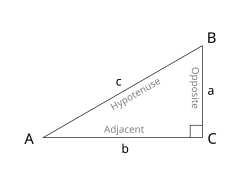AREA OF PLANE FIGURE
DEFINITION:
The area of an object is the space occupied by it on a plane surface.
FORMULAE OF PLANE FIGURE:
1)AREA OF RECTANGLE=( l*b ) sq. units
where l is length and
b is breadth
2)AREA OF SQUARE= (a*a) sq. units
where a is the side
3)AREA OF RIGHT TRIANGLE= 1/2*(b*h) sq. units
where b is base and
h is height
4)AREA OF QUADRILATERAL=1/2*d*(h1*h2) sq. units
where d is the length of a diagonal and
h1 and h2 are perpendiculars drawn to the diagonal from the opposite vertives
5)AREA OF PARALLELOGRAM=bh sq. units
where b is the base and
h is the height
6)AREA OF RHOMBUS=1/2*(d1*d2) sq. units
where d1 and d2 are diagonals
7)AREA OF TRAPEZIUM=1/2*h(a+b) sq.units
where h is height and
a and b are sum of the parallel sides
8)AREA OF CIRCLE=π(r*r)sq. units
where r is the radius of the semi-circle
9)AREA OF SEMICIRCLE=π(r*r)/2 sq. units
where r is the radius of the circle
10)AREA OF A QUADRANT=1/4*π*(r*r) sq. units
where r is the radius













